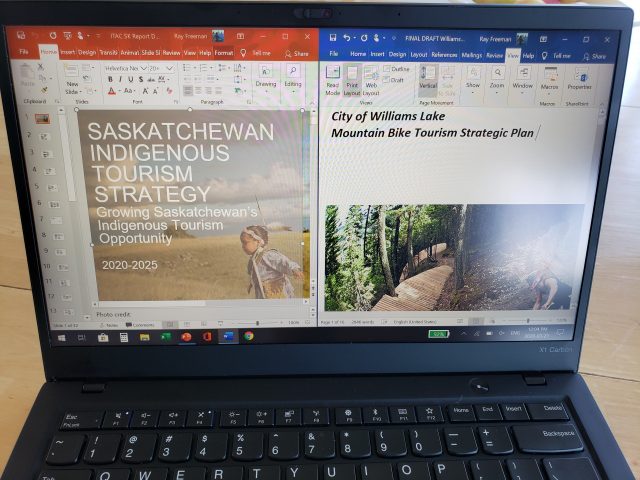Tourism Strategy for the Future of Travel
Posted on March 21, 2020

The month of March is typically a busy time for tourism strategy development, often coinciding with the end of public sector fiscal year-end. The Coronavirus COVID-19 crisis has had immediate and devastating impacts on the tourism sector and is forcing a re-think of current actions and strategic planning approaches. This has caught many tourism operators, destinations, governments, and communities under-prepared. The scope and scale of these impacts has been virtually impossible to anticipate at the current rapidly growing pace of COVID-19.
What questions should we asking right now?
As a tourism industry strategist completing several projects at this time of year, I’ve had to metamorphosize into more of a long-view futurist. I’m having to predict some possibilities for a complete structural change of the sector. This raises a number of questions:
- What and when will be the peak of the crisis?
- What actions should Destinations take right now? What types of communications? Timing?
- What will the early stages of market recovery look like?
- How will travel behaviours change?
- What will new tourism experiences look like?
- What will be the paradigm shift for transportation, accommodations, and social gatherings?
- How do we plan for this now?
Answers will remain unclear until we start to see the effectiveness of mitigation actions on COVID-19. The current priority is to focus on health and safety. The well-being of travellers, communities, and tourism industry staff should be protected above all else.
Destination Responses
Immediate actions for Destinations should include a discontinuation of destination promotional activities (don’t be like ‘Conde Naste Traveller’ or ‘Travel & Leisure’ right now); encourage travellers to reschedule for later rather than cancel; shift to providing advocacy for your DMO and stakeholders; retrench human resources; preserve capital; optimize critical operations; and reset research priorities. Marketing messaging should set expectations by discouraging travel until government authorities advise otherwise. Shift to ‘inspirational’ marketing once the crisis begins to abate.
What will happen in the future?
Going forward, we need to gaze into our crystal ball to analyze the trends which will influence future travel behaviours and adjust accordingly. The days of mass tourism and over-tourism have ended…for now and probably for the much longer-term. Technology will become a greater enabler to connect with niche travellers in a much more intimate manner. However, current research resources have often been designed to understand the interests and behaviours of larger numbers of travellers and traveller groups. New research will need to blend a deeper dive into market niches with considering fundamental changes in societal structures.
So how might this play out? Following a re-opening of travel, mass forms of transportation, accommodations, and activities will most likely be viewed as less desirable. At least, until policies, procedures, and physical infrastructure are adjusted to address physical/social-distancing concerns. With significantly reduced carrying capacity and suppressed market demand, air travel will become prohibitively expensive for many travellers until travel demand volume grows.
Opportunities to leverage longer-haul and International source markets will be significantly constrained over the short-to medium term. While the tourism sector has shown remarkable resilience with past crises, Covid-19 is proving to be farther reaching. Long-term implications are currently unclear.
Smaller DMO’s and tourism operators will see a pent-up demand from the Visiting Friends and Relatives (VFR) market to reconnect, with a focus on short-haul regional travel. This will coincide with growing participation in outdoor recreation, adventure tourism, and smaller group travel.
Who can show us how to do it right?
Destinations and tourism operators will be tasked with redesigning experiences and organizing their operations to address traveller fears. We can look to the adventure tourism sector for guidance on risk management. For example, activities perceived to be higher risk, such as back-country helicopter skiing and white-water rafting have had to develop procedures to manage and reduce actual and perceived risks. These operators allay participant fears by clearly demonstrating their risk mitigation strategies. Look at the Frequently Asked Questions (FAQ’s) sections on many of the best adventure tourism operators’ websites and you will see how these operators ease participant concerns. We can take a page from their approach to redesign experiences across the tourism industry.
Traveller confidence is the key
It will be interesting to see how the airlines, for example; make adjustments to a re-emerging tourism marketplace. Every touch-point of the traveller’s journey will need to be evaluated and redesigned to rebuild confidence for travellers. Many smaller tourism operators could potentially be well positioned to address this new marketplace. Our challenge will be to support them to ensure they survive long enough to meet the new opportunity. Right now, we can focus on gaining an understanding of the societal shifts that will inform new strategy and tourism experience development.
